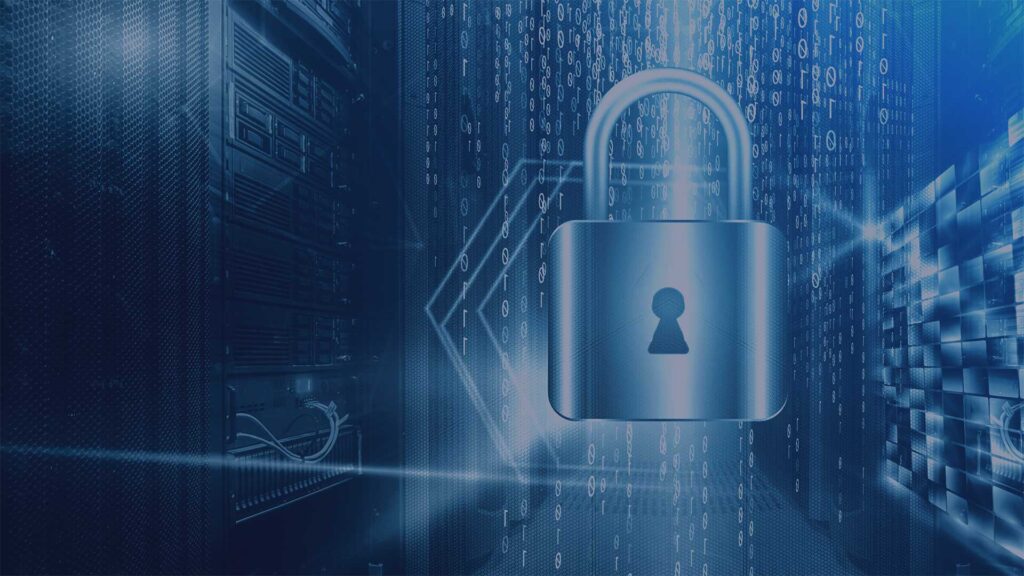In today’s interconnected digital landscape, maintaining a strong cybersecurity posture is paramount to protect sensitive data and mitigate the risks posed by cyber threats. This comprehensive guide will provide you with insights and practical methods to measure and enhance your organization’s cybersecurity posture. By following these steps, you can strengthen your defenses and safeguard your valuable assets.

Understanding Cybersecurity Posture
What is Cybersecurity Posture?
Cybersecurity posture refers to an organization’s overall defense plan and preparedness against potential cyber-attacks. It encompasses the strategies, tools, policies, and training programs implemented to protect the organization’s networks, systems, and information from unauthorized access or malicious activities. A strong cybersecurity posture demonstrates the organization’s commitment to security and its ability to respond to evolving threats effectively.
What Are the Key Elements of a Strong Cybersecurity Posture?
A robust cybersecurity posture comprises several key elements that work together to ensure comprehensive protection. These elements include:
- Risk Assessment: Conducting regular assessments to identify vulnerabilities and evaluate the potential impact of cyber risks.
- Security Controls: Implementing a range of technical and procedural controls such as firewalls, encryption, access controls, and employee awareness programs.
- Incident Response: Establishing an incident response plan to quickly and effectively address security incidents and minimize the impact on operations.
- Continuous Monitoring: Implementing mechanisms to monitor networks, systems, and assets in real-time, enabling the detection and response to security threats promptly.
- Compliance: Adhering to relevant industry regulations and standards to ensure legal and regulatory compliance.
- Training and Awareness: Educating employees about cybersecurity best practices, potential threats, and their role in maintaining a secure environment
How Can You Measure Your Cybersecurity Posture?
Step 1: Compile an IT Asset Inventory To assess your cybersecurity posture, start by creating a comprehensive inventory of your IT assets. This inventory should include all hardware, software, applications, and data repositories within your organization. Categorize the assets based on their importance, criticality, and exposure to potential threats. Gather detailed information about each asset, including their current security configurations, patch levels, and access controls.
Step 2: Map Your Attack Surface Understanding your attack surface is crucial for measuring your cybersecurity posture. It involves identifying all potential entry points and vulnerabilities that could be exploited by threat actors. This includes network connections, internet-facing services, remote access points, and third-party integrations. Mapping your attack surface helps you prioritize your security efforts and allocate resources effectively.
Step 3: Understand Your Cyber Risk To measure your cybersecurity posture accurately, it is essential to assess the potential risks your organization faces. This involves identifying the different attack vectors that adversaries may use to breach your defenses, such as malware, phishing, or social engineering. Evaluate the probability and potential impact of each risk and prioritize them based on their severity. This risk assessment will help you allocate resources and develop appropriate countermeasures.
How Can You Effectively Evaluate Your Security Posture?

Step 1: Identify Business Needs and Objectives. Aligning your security posture with your business needs and objectives is critical. Understand the value of your assets, the sensitivity of your data, and the potential impact of security incidents on your organization’s operations and reputation. This alignment ensures that your security measures are tailored to effectively address your specific risks and vulnerabilities.
Step 2: Create an Asset Inventory Build upon your IT asset inventory by assigning risk owners to each asset. These individuals will be responsible for implementing and maintaining appropriate security controls. Regularly review and update the asset inventory to reflect changes in your organization’s infrastructure and the addition or retirement of assets.
Step 3: Assess Existing Security Controls Evaluate the effectiveness of your current security controls, including firewalls, intrusion detection systems, antivirus software, and employee training programs. Identify any gaps or weaknesses in your defenses and prioritize their remediation. To enhance your security posture, consider implementing new controls, such as multi-factor authentication or advanced threat detection systems.
Step 4: Identify Attack Vectors and Cybersecurity Risks Understand the various attack vectors that adversaries may use to breach your network. This includes social engineering, supply chain attacks, or vulnerabilities in software and hardware. Conduct a thorough risk assessment to estimate each attack vector’s probability and potential impact. This assessment will help you prioritize your security efforts and allocate resources accordingly.
Step 5: Create a Map of Your Attack Surface Combine your asset inventory and identified attack vectors to map your attack surface comprehensively. This map will serve as a visual representation of your organization’s vulnerabilities and potential entry points. It will guide your efforts in fortifying your security posture, allowing you to focus on areas that are most exposed or critical to your operations.
How Can You Strengthen Your Security Posture with Effective Strategies?
Automate Asset Inventory Management Embrace automation to streamline your asset inventory management process. Automated tools can help you maintain an up-to-date inventory, track changes in your infrastructure, and ensure accurate visibility into your assets. This automation will save time and effort while reducing the risk of human error.
Identify Asset Risk Owners Assign individuals within your organization to be responsible for each asset’s security risks. These risk owners will be accountable for implementing and monitoring appropriate security controls, conducting regular risk assessments, and addressing vulnerabilities promptly. This ownership ensures that security is treated as a shared responsibility across the organization.
Continuously Monitor Assets and Vulnerabilities Regularly monitor your assets for vulnerabilities and potential security threats. Implement a vulnerability management program that includes regular scanning, patch management, and penetration testing. Monitor external sources such as threat intelligence feeds to stay updated on emerging threats and vulnerabilities.
Conduct Third-Party Vendor Assessments, Evaluate the cybersecurity posture of your third-party vendors and partners. Assess their ability to protect your confidential data and deliver secure services. Establish clear contractual requirements for security, including data protection, incident response, and compliance with relevant regulations. Regularly review and assess their security practices to ensure ongoing compliance and minimize third-party risks.
Define Metrics to Measure Security Posture Establish metrics and service-level agreements (SLAs) to continuously measure and improve your security posture. Define key performance indicators (KPIs) that align with your organization’s objectives and risk tolerance. Regularly track and analyze these metrics to identify areas for improvement, measure the effectiveness of your security controls, and demonstrate your organization’s security maturity.
“Building a strong security posture with effective strategies is like constructing an impenetrable fortress. As Benjamin Franklin once said, ‘By failing to prepare, you are preparing to fail.’ Proactively strengthening your security defenses through robust measures and vigilant practices ensures that you are well-prepared to safeguard your valuable assets from potential threats.”
Conclusion
Measuring and enhancing your cybersecurity posture is an ongoing process that requires a comprehensive approach. By understanding the elements of a strong cybersecurity posture, conducting a thorough assessment, and implementing targeted strategies, you can reinforce your defenses and protect your organization from evolving cyber threats. Remember, cybersecurity is not a one-time effort but a continuous commitment to safeguarding your valuable assets and maintaining the trust of your stakeholders. SEECRA offers a comprehensive range of solutions and services to help organizations measure and enhance their cybersecurity posture. Take proactive steps to protect your valuable assets and maintain stakeholder trust. Explore our offerings today and strengthen your defenses against evolving.
FAQs
Q1: How often should I assess my cybersecurity posture? Regular assessments are crucial to staying ahead of emerging threats and maintaining a strong security posture. It is recommended to conduct assessments at least annually or whenever significant changes occur in your organization’s infrastructure or operations.
Q2: Are there any tools available to assist in measuring cybersecurity posture? Yes, there are various cybersecurity assessment tools and frameworks available that can help you evaluate and measure your security posture. Some popular ones include the NIST Cybersecurity Framework, CIS Controls, and ISO/IEC 27001.
Q3: What role do employees play in maintaining a strong cybersecurity posture? Employees play a vital role in maintaining a strong cybersecurity posture. It is essential to provide regular training and awareness programs to educate employees about potential threats, safe online practices, and their responsibility to protect sensitive data.
Q4: How can I prioritize security efforts based on the identified risks? Prioritizing security efforts should be based on the severity and potential impact of identified risks. Focus on addressing the risks with the highest probability and potential consequences first while also considering the resources and capabilities available to mitigate those risks.
Q5: Can outsourcing IT services affect my organization’s cybersecurity posture? Outsourcing IT services can introduce additional risks to your organization’s cybersecurity posture. It is crucial to conduct thorough due diligence when selecting third-party vendors, assessing their security practices, and ensuring they comply with your organization’s security requirements. Regular monitoring and assessment of their security practices are also essential to minimize risks.







